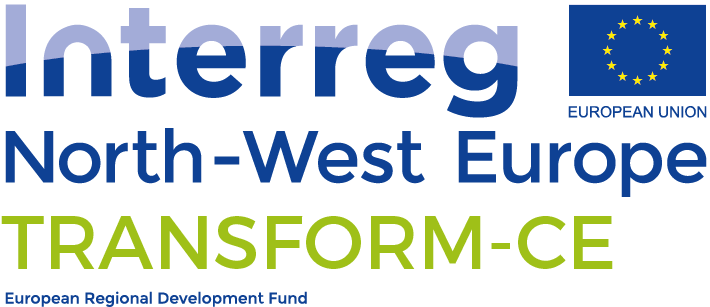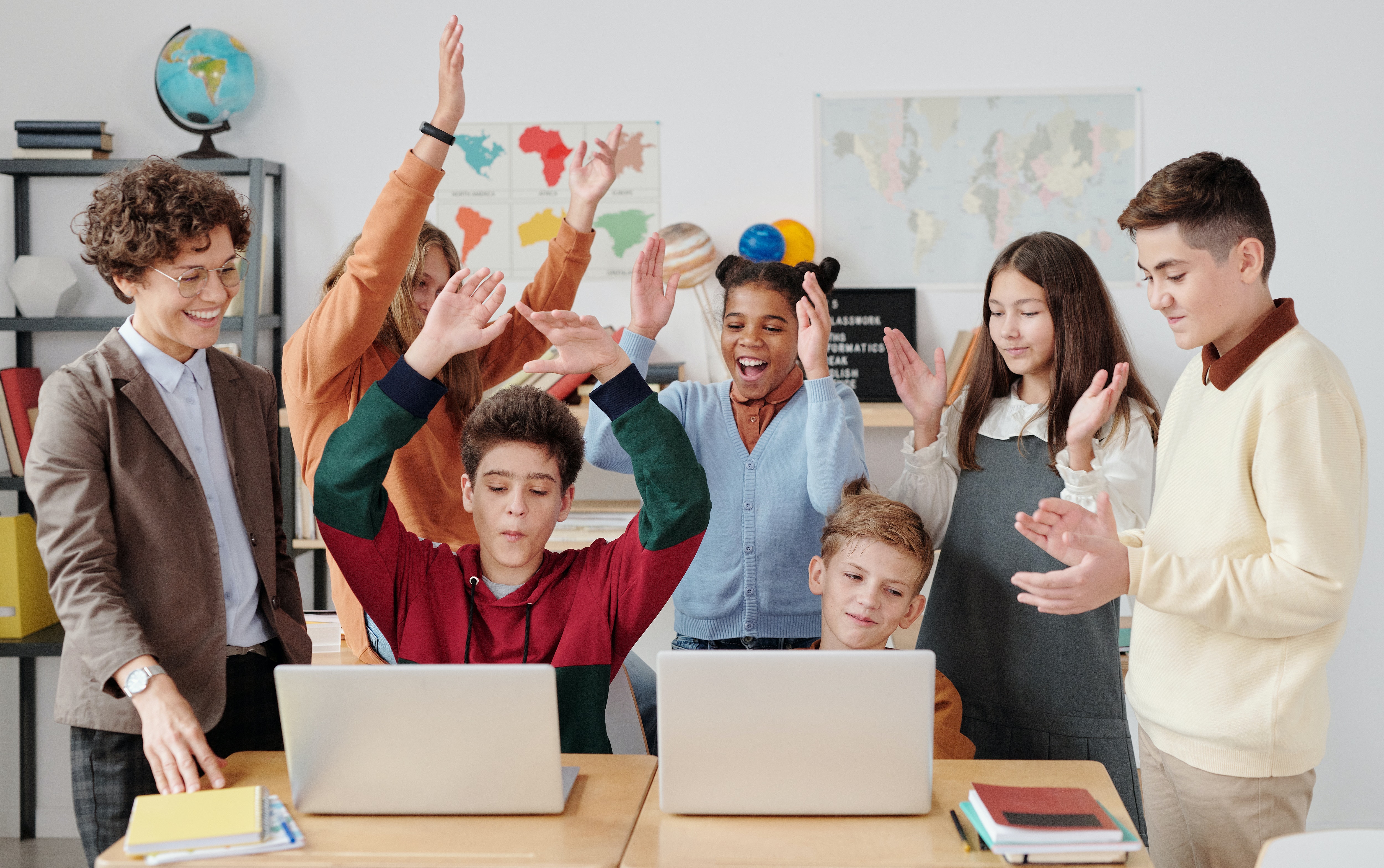One way to reduce our plastic consumption and build a circular economy in the future is to make today’s children aware of the amount of plastic we use and throw away. Most people have little idea about the amount of plastic, and single-use plastic in particular, that they as individuals use, let alone the scale of plastic that ends up in landfills or the environment across the world. Few also realise that many types of plastic can be recycled and turned into useful products and then recycled again and again.
Against this background, a set of lesson plans has been designed to teach children about the positive and negative aspects of plastic, how they can reduce their personal consumption of plastic, and how and what types of plastic can be recycled. Today’s children are, after all, the ones who will have to embrace the concept of recycling and circularity and move it forward into the future.
TRANSFORM-CE goes to schools in a pilot
TRANSFORM-CE, an Interreg NW Europe funded project, supports this premise entirely. It is thus delighted that Bureau SME took the lead in designing the lesson plans, and that through its partners in Germany, the Netherlands and the UK, it has the opportunity to be part of a pilot to test the lesson plans on recycling and circularity for children in primary schools aged 10 to 12 years, and children in secondary schools aged 12 to 14 years old. While the lesson plans will eventually be available to all schools throughout Europe, the pilot will initially be run in these three countries. The lessons will cover the issues mentioned in the previous paragraph and the pilot is due to start in November. The schools and teachers will be asked for feedback which will be analysed and, if necessary, the lesson plans will be modified accordingly. The ‘real’ lessons will start at the beginning of 2023 in 15 schools in these three countries, though the plans will be free and accessible to download on the website of TRANSFORM-CE for all schools in Europe. Again, the schools will be asked to share their experiences.
What do the lessons involve?
The teaching materials cover various aspects of plastic consumption, collection and recycling. They include interactive assignments for the children to do, a PowerPoint, and visual materials about the process of recycling plastics. The PowerPoint is in English and the visuals have Dutch, English and German subtitles. These can be translated into any language. The plan also includes a teacher’s manual. Additional activities such as visits to plastic recycling plants can be arranged depending on the location of the school.
As part of the interactive assignments for the children, the younger children (10-12 years) prepare for the lesson by recording the amount and type of plastic that ends up in their own rubbish bins over the course of one week. They also make a poster reflecting what they have learned about plastic. The older children (12-14 years) too record the amount and type of plastic, but then the plastic that ends up in their school canteen bins. They can also design a recycled plastic product for which a prototype is made. Recording the amount of plastic that gets thrown away – whether you are a child or an adult – is usually enough to shock people into realising how much plastic they use.
Contact
If you are a school or a teacher and are interested in the lesson plans, please contact us using this form.
Acknowledgements
TRANSFORM-CE is grateful to Bureau SME (the Netherlands) that collaborated with its partners, the Institute for Applied Material Flow Management at the Trier University of Applied Sciences (Germany), Manchester Metropolitan University (UK), the Municipality of Almere (the Netherlands) and Save Plastics (the Netherlands), for designing the lesson plans.

